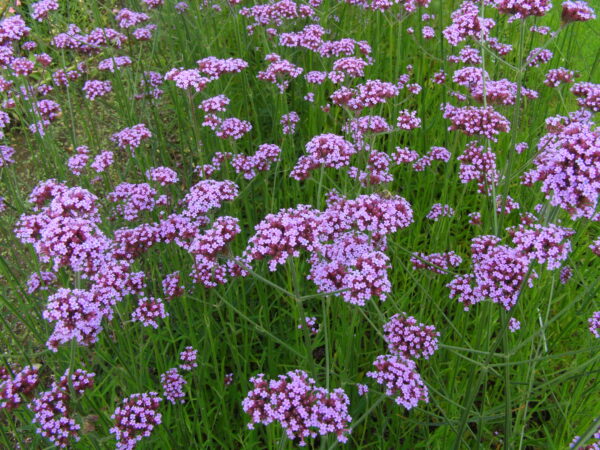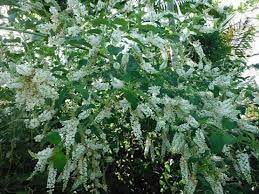Milkweed
Asclepias syriaca L.
The name "milkweed" refers to the milky latex contained within the leaves. Most species are toxic to vertebrate herbivores if ingested due to the cardenolide alkaloids contained in the leaves and stems. Milkweeds are perennial plants, which means an individual plant lives for more than one year, growing each spring from rootstock and seeds rather than seeds alone.
This milkweed grows to about 1.5 meters(5 feet) tall, usually occurring in clusters of stout stems. It has rhizomes and quickly forms colonies. Common milkweed is Nature's mega food market for insects.
Known for its showy red, orange, and yellow flowers in summer. There are concerns that this milkweed discourages the Western monarch butterfly from following its natural migration from October to late March and is thus harming the butterfly population. Some monarchs will stay in California since it won't freeze and food is available. The best horticultural practice is to cut back tropical milkweed from October to January to help the plant "hibernate" for winter and encourage monarch migration.







